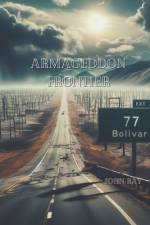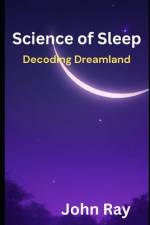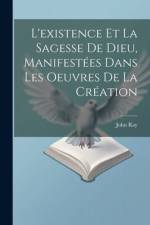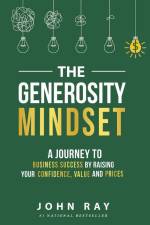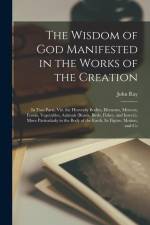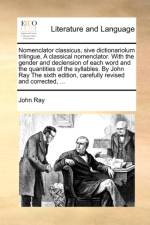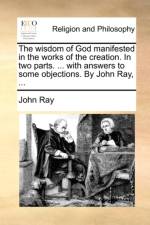av John Ray
605
Learn to create applications for the new Apple Vision Pro headset For those who want to explore, imagine, and truly "Think Different," we welcome you to a journey of creation through the Apple Vision Pro. The Vision Pro is a groundbreaking device that elevates the Apple experience for both users and creators. Instead of focusing on "AR" or "VR", Apple's Vision Pro introduces the concept of "spatial computing" to the prosumer market. Users can seamlessly transition from a Shared Space (AR) view to entirely immersive Space (VR) experience and interact with applications like never before. Whether your interests lie in productivity, artistic expression, or just plain fun, you can now bring ideas to life in ways that have never been possible. Like all Apple devices, the Vision Pro embraces simplicity, security, and privacy - delivering experiences that are familiar, safe, and family-friendly. This book introduces the Vision Pro headset to AR/VR/3D enthusiasts and provides a beginner's guide to creating applications that take advantage of the upcoming technological powerhouse. You will learn the built-in tools for creating applications (Windows), objects (Volumes), and environments (Spaces), as well as explore the capabilities of the new operating system, visionOS. Using Apple's Reality Composer Pro along with XCode and the Vision Pro Simulator, you will discover how to author and publish their applications in the visionOS ecosystem. The Apple Vision Pro establishes an exciting new platform for Apple that promises to continue the trend of redefining computing, entertainment, and communications well into the future. With this book, you'll be able to: Explore Apple's Vision Pro development tools, including XCode, Reality Composer Pro, and the Vision Pro SimulatorUnderstand Vision Pro core concepts and terminology such as Windows, Volumes, Spaces, Entities, and MeshesLearn about Apple's UI and Spatial Computing Frameworks, including SwiftUI, RealityKit, and ARKitGain insights into 3D model and material basics, covering Asset Library, Shader Graph, USDZ, and MaterialX, alongside object placement, tracking, and user interactions with virtual objectsWork with concepts that are backed up with hands-on low-code exercises and downloadable projects


